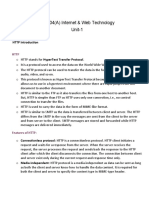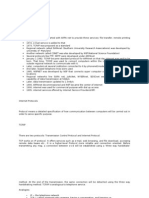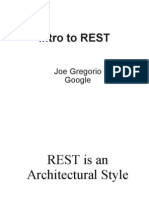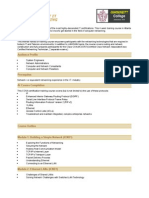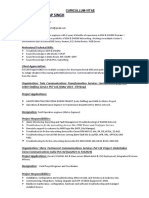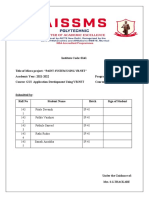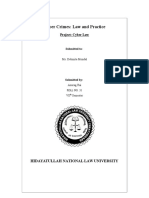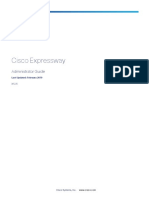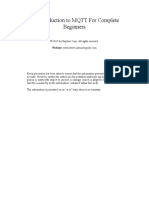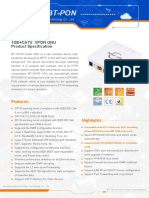0% found this document useful (0 votes)
3 views80 pagesIoT-Lecture-12 HTTP & REST
The document provides an overview of cloud computing, defining it as the delivery of computing services over the Internet with various models such as IaaS, PaaS, and SaaS. It also explains the HTTP protocol and REST architecture, emphasizing the importance of resources, URLs, and simple operations in web services. Additionally, it discusses the advantages of cloud computing, virtualization, and the characteristics of HTTP requests and responses.
Uploaded by
shylamdnCopyright
© © All Rights Reserved
We take content rights seriously. If you suspect this is your content, claim it here.
Available Formats
Download as PDF, TXT or read online on Scribd
0% found this document useful (0 votes)
3 views80 pagesIoT-Lecture-12 HTTP & REST
The document provides an overview of cloud computing, defining it as the delivery of computing services over the Internet with various models such as IaaS, PaaS, and SaaS. It also explains the HTTP protocol and REST architecture, emphasizing the importance of resources, URLs, and simple operations in web services. Additionally, it discusses the advantages of cloud computing, virtualization, and the characteristics of HTTP requests and responses.
Uploaded by
shylamdnCopyright
© © All Rights Reserved
We take content rights seriously. If you suspect this is your content, claim it here.
Available Formats
Download as PDF, TXT or read online on Scribd
/ 80


























